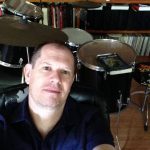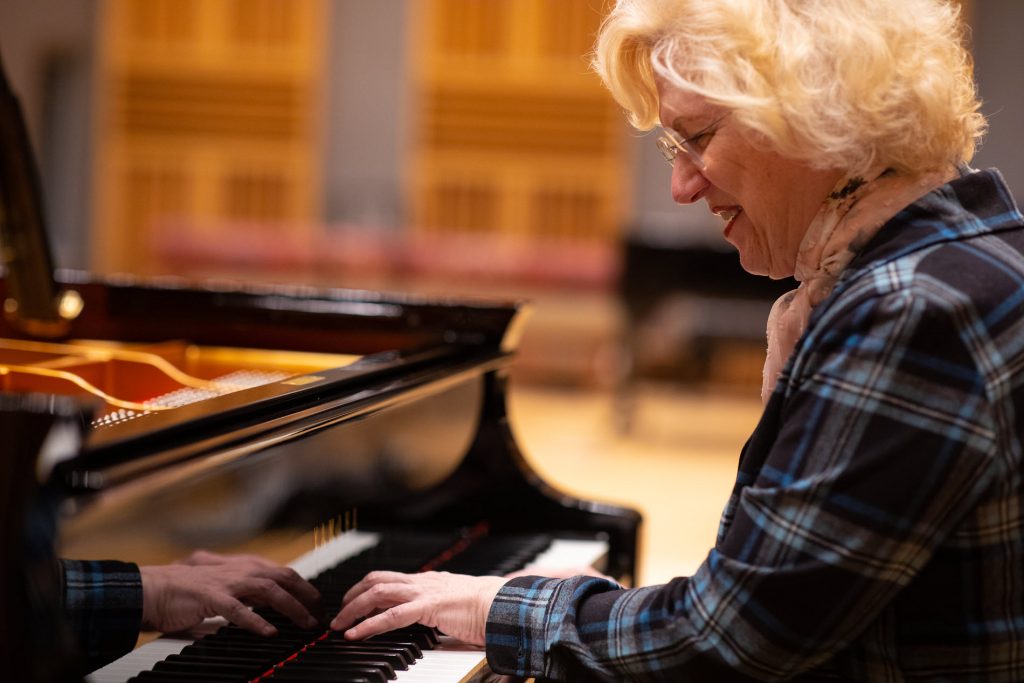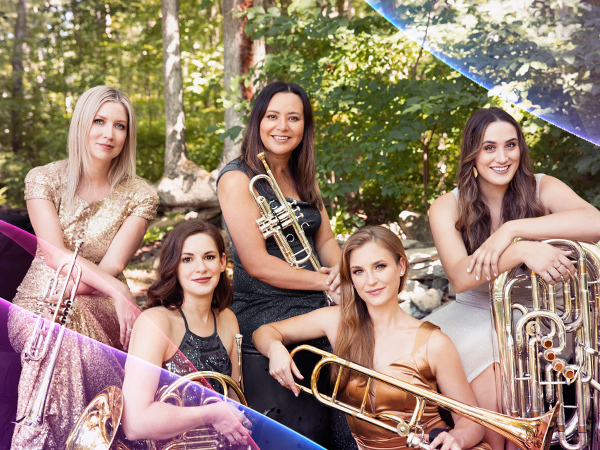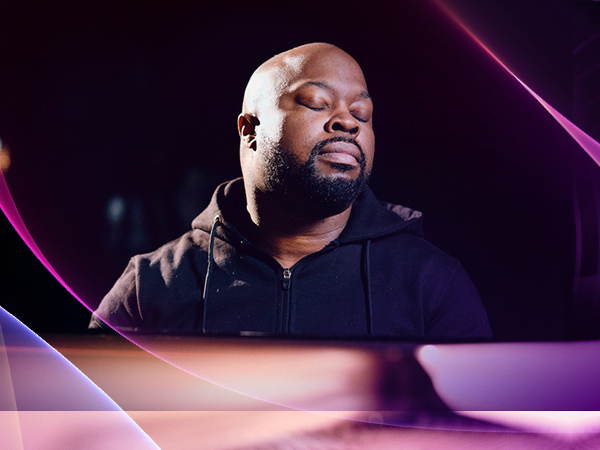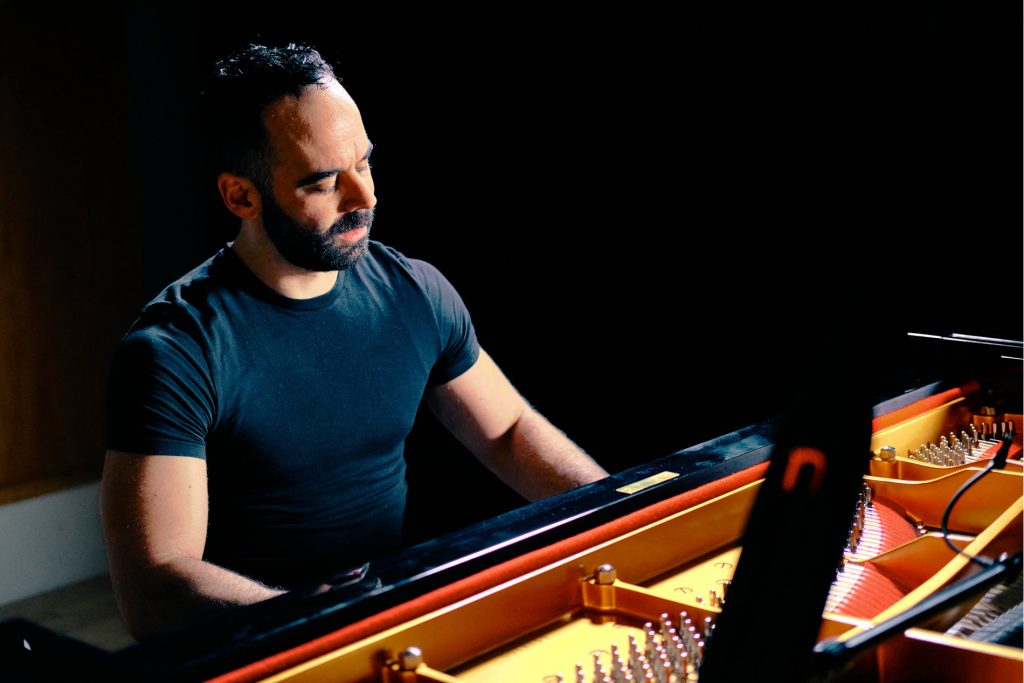Tagged Under:
Hispanic Heritage Month: Soundscapes Through Time
Three Yamaha artists on how their Latin American musical roots influenced their careers.
In celebration of National Hispanic Heritage Month, I recently talked with three Yamaha artists about the deep influence the soundscapes of Latin America had on their desire to become musicians and their subsequent careers as performers and educators. Each spoke about the importance of remaining connected to one’s cultural roots in order to forge the sound of the future.
MUSICAL BEGINNINGS
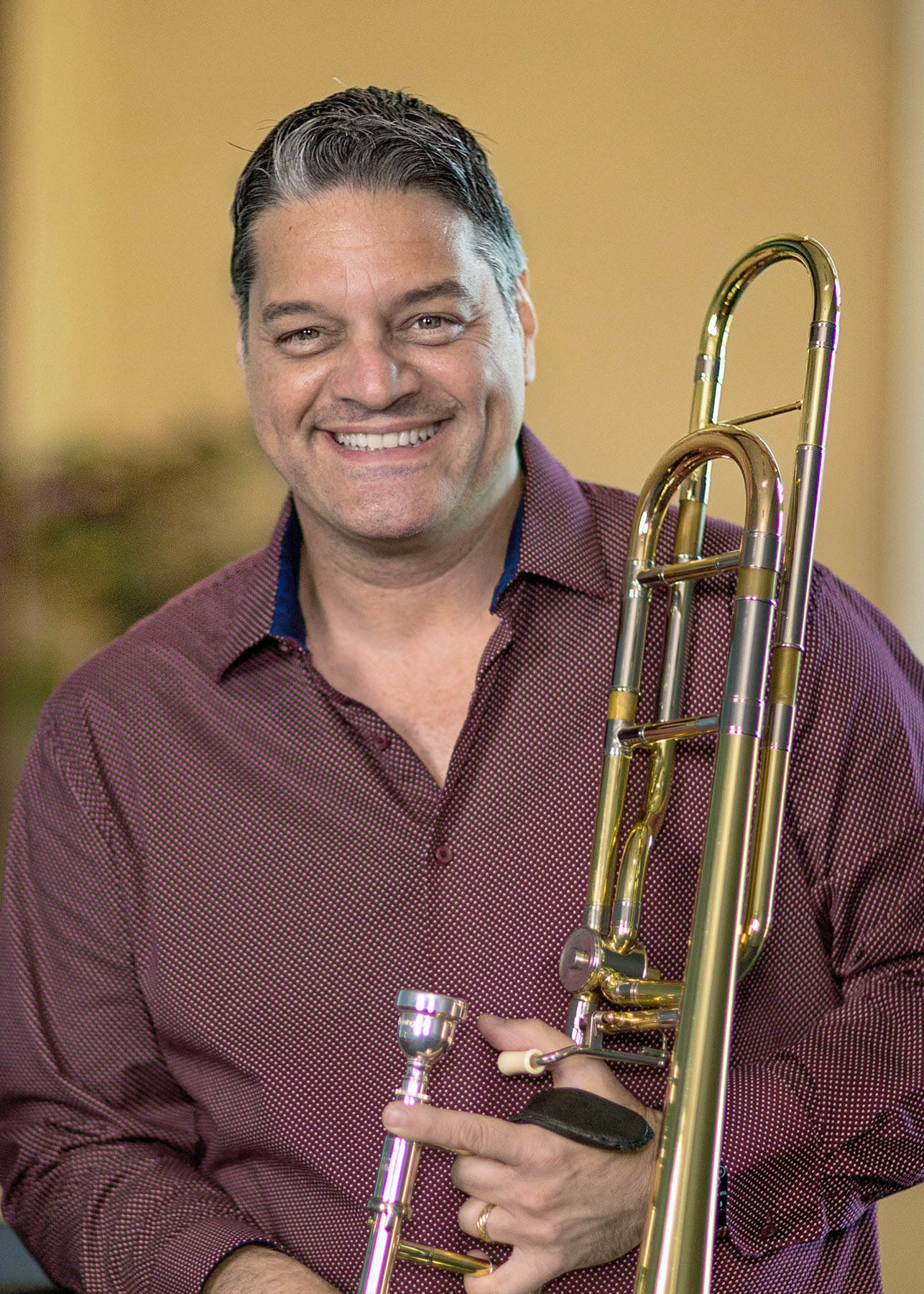
To Venezuelan trombonist Domingo Pagliuca, the presence of his father — a professional musician — was a defining influence during his childhood in Caracas. “I was fortunate to grow up listening to all kinds of music at home,” the Latin Grammy®-winning musician says from his home in Miami. “I was given a violin when I turned five, but I loved brass instruments, so I switched to trumpet a few years later [though I] had a difficult time with it. I must have been twelve when I asked my Dad if I could take up the trombone instead. At first he refused, but when I insisted, he decided to give me a chance, and said I could try the trombone for six months and see if it worked out. But it was love at first sight and I never looked back.”
A native of Houston, Texas, saxophone professor Johnny Salinas was also deeply influenced by his parents, with his mother’s musical taste reflecting the family’s Mexican heritage. “My Mom sang in a church choir for many years, and her father played tuba in a band in Mexico,” he remembers. “At home, she listened to banda and norteño music, including the corridos of Los Tigres del Norte, a band that incorporates wonderful saxophone licks into their songs. I followed the classical tradition as a musician, but I also suspect that, subliminally, listening to Los Tigres early on contributed to my attraction for playing the saxophone.”
New York-based drummer Antonio Sánchez believes that the very identity of his sound harks back to the music that he grew up with in Mexico City. “I think the individual style that we [as musicians] develop is the sum of all experiences and influences that we’re exposed to as children,” he says. “There was lots of great music in my house. My Mom listened to The Beatles, Jimi Hendrix and Cream, and my grandparents would play classical music when we sat together at the dining table. My current sound is a hybrid, with the addition of years spent playing fusion and Latin jazz. It was the influences themselves that pushed me to investigate the sonic possibilities of my instrument.”
THE LATIN INFLUENCE
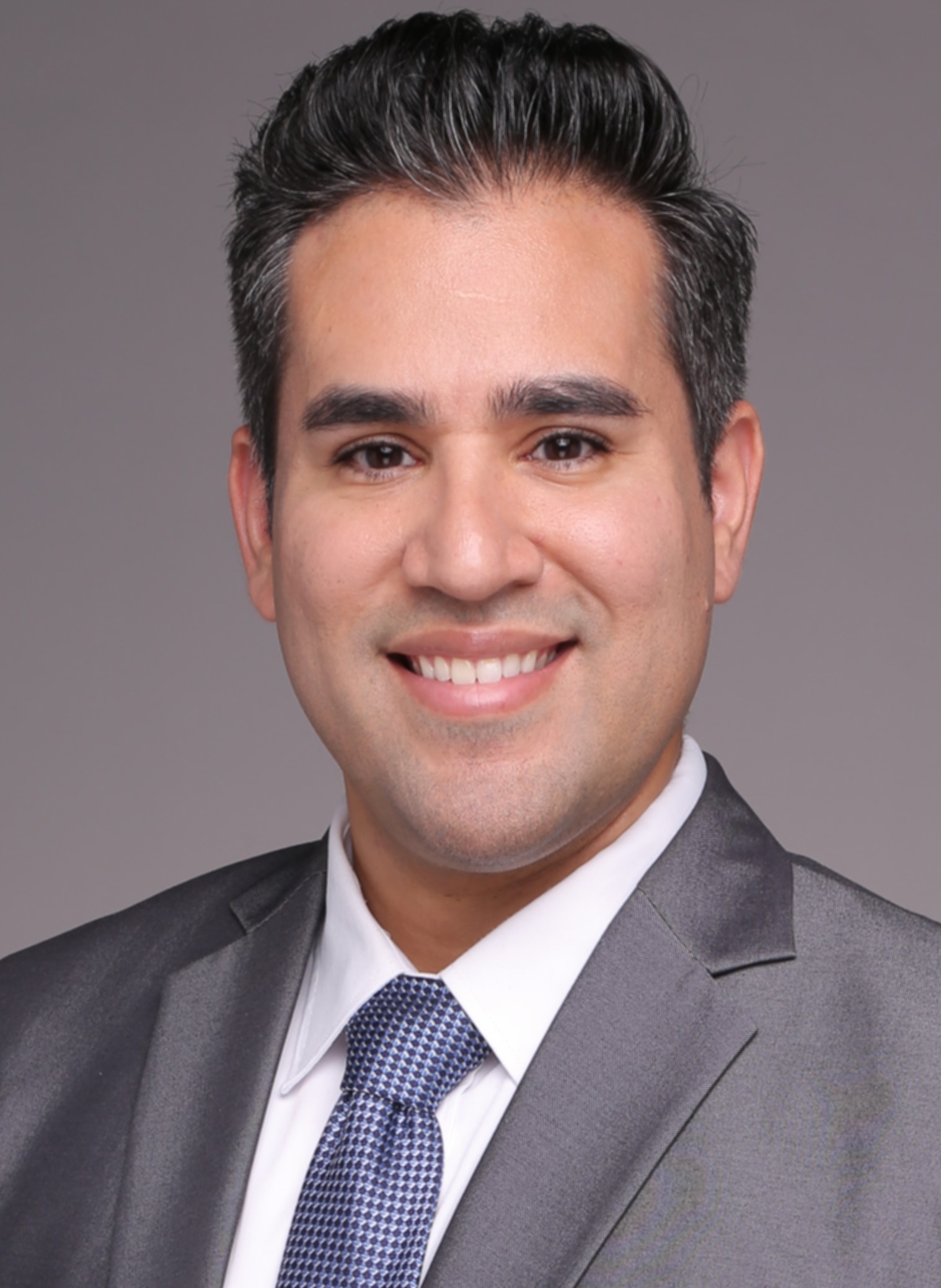
Pagliuca has performed pieces by Grieg, Liszt and Gershwin with the critically acclaimed quintet Boston Brass; Salinas has played classical concerts with the Houston Symphony Orchestra and Houston Ballet; and Sánchez is well-known for his virtuoso drumming with jazz guitarist Pat Metheny and writing the score for the Academy Award®-winning film Birdman. Yet all three musicians agree that their Latin roots remain an essential component of their identities.
Sánchez explains, “When I first moved to New York after graduating from Berklee [College of Music], I wanted to be the most complete sideman [session drummer] in town,” he recalls. “And my sound evolved from the combined experiences of playing traditional Latin music with players from Brazil, Panama, Puerto Rico, Cuba and Venezuela. The funny thing is, once I stopped playing Latin jazz, the influences from that style were still in there, percolating in my drum patterns.”
“I can’t be married to just one genre,” adds Pagliuca. “Exploring new styles and contributing fresh ideas is essential to what I do. I’ve always wanted to present the trombone as an instrument that belongs in every kind of genre. It’s multifaceted — it can be lyrical, perform melodies or provide different voicings. I give 100% of myself no matter what the context may be, Latin or classical.”
“I am a lover of all types of music and try not to only pick one,” says Salinas. “But through my research I’ve become more aware of Mexican composers, and it’s starting to be a goal of mine to expose more people to these great composers through the saxophone. For example, I recently programmed Arturo Márquez and his Danzón No. 2 for saxophone ensemble. He’s just one of many composers that a lot of people still don’t know about.”
INSPIRING FUTURE GENERATIONS
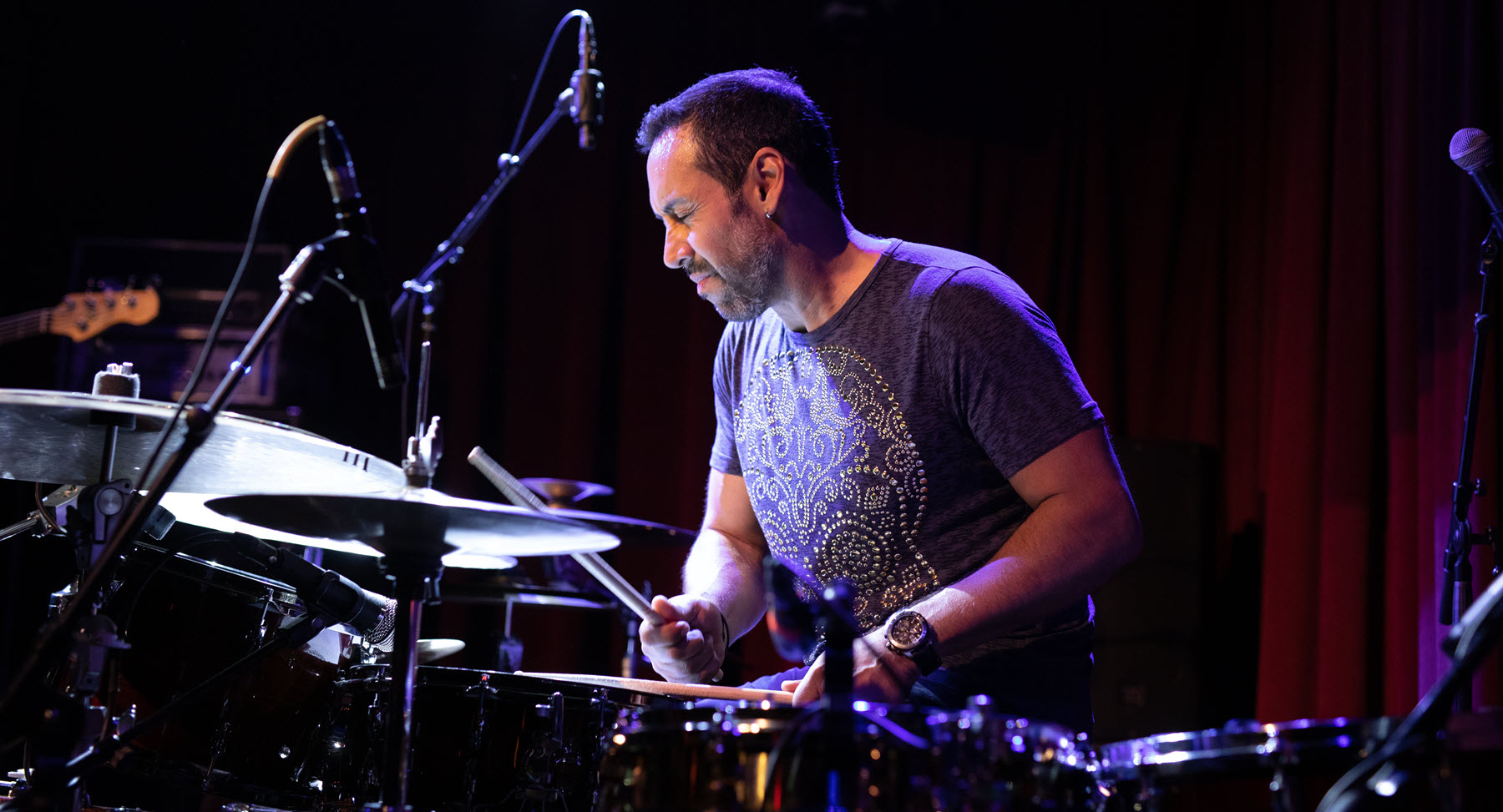
Besides playing Yamaha instruments and honoring their Latin roots, all three artists have something else in common: They devote time in their busy agendas to teaching the next generation. Pagliuca offers trombone lessons online. Salinas is a visiting assistant professor at Oklahoma State University and has taught overseas in China. Sánchez presents drum clinics worldwide and organizes an annual workshop in Mexico for students from all over Latin America.
“I strive to instill in my students a positive spirit,” says Pagliuca. “You can achieve your dreams as long as you have discipline and refuse to give up. Nothing happens on its own, of course, but it’s important never to abandon your dreams. I’m still at the beginning of the road myself. There is a long path ahead.”
“The goal of my clinics is for people to become aware of their own potential,” says Sánchez. “I think you can inspire students who maybe are not as talented but can get far on the strength of hard work and discipline. I also help them understand how hard it can be to establish yourself in such a complicated field. You spend every day studying and creating and suffering, and it’s only years down the road that you enjoy the fruits of your labor. But the process is its own reward.”
“Music is for everyone, not only for the rich,” offers Salinas. “It really is a universal language. If you’re passionate about your craft, you can be successful regardless of any obstacles. You just need to find the particular kind of music that speaks to you.”
A COMMUNION OF MUSIC
One of the most powerful aspects of music is its ability to bring people together. Sánchez calls this the “communion” that can happen during a musical performance. “No matter where you are in the world,” he explains, “a communion is quickly established between the performers generating music and the audience enjoying it.”
Sánchez pauses to reflect, and you can almost hear the smile in his voice. “It’s sonic waves, and they reach people in different ways. The power of that communion is enthralling to me.”
Photo of Domingo Pagliuca by IndieHouse Films; photo of Antonio Sánchez by Benjamin Stoller.
For more information, visit:
https://www.domingopagliuca.com/
https://cas.okstate.edu/greenwood_school_of_music/faculty_bios/salinas.html









